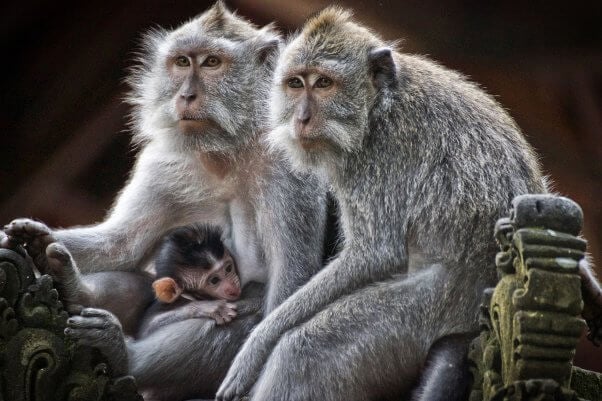What Is Mpox (Monkeypox)? Here’s What You Need to Know
The World Health Organization has declared a global emergency in response to mpox (also known as monkeypox) outbreaks in Congo and other African countries. As the spread of the virus that causes mpox continues to raise concerns among public health officials, it’s important that everyone be informed about what monkeypox is, what the symptoms are, and how we can stay safe.
Here are the answers to your mpox questions:
1. It’s like smallpox but milder.
According to the Centers for Disease Control and Prevention, mpox causes fever, chills, headaches, muscle aches, swollen lymph nodes, and, eventually, sore, fluid-filled blisters (or “pox”) on the face, hands, and feet.
2. It doesn’t really come from monkeys.
The name “monkeypox” is a misnomer, as monkeys aren’t a reservoir for the virus. Experts believe the virus predominantly affects squirrels, rats, mice, and other small animals.
3. It was first documented in monkeys kept in a laboratory.
The virus was named “monkeypox” because it was first found in colonies of monkeys kept in laboratories in the late 1950s. It wasn’t until 1970 that the disease was detected in humans.
4. Monkeypox can be transmitted between humans and other animals.
Most mpox cases in humans are “zoonotic,” meaning that they spread when humans have direct contact with infected animals. However, monkeypox can also spread from human to human through respiratory droplets or other bodily fluids. All primates can be affected by the virus.
5. Abducting our fellow animals from their homes is a health risk for humans and other primates.
When laboratories abduct our fellow primates from their forest habitats to use them in cruel experiments, diseases like mpox can spread to human populations. When the animals are taken from their homes, they’re crammed into crates, moved to filthy holding centers, and forced to endure long, terrifying trips in the cargo holds of passenger airlines. Then, when they’re confined to barren steel cages in laboratories, monkeys often mutilate themselves by tearing out their own hair or biting their own flesh—or even harming one another. The stress that the animals experience compromises their immune systems and increases the risk that they will shed viruses in their bodily fluids.
Stop Diseases! Here’s What You Can Do
Transporting monkeys around the globe and on our nation’s roads is dangerous, both for them and for us. Just earlier this year, a woman at the scene of a truck crash involving 100 monkeys got an eyeful of monkey saliva when she stopped to help.

Take action below to urge SkyTaxi to stop transporting primates to be used in cruel experiments:

